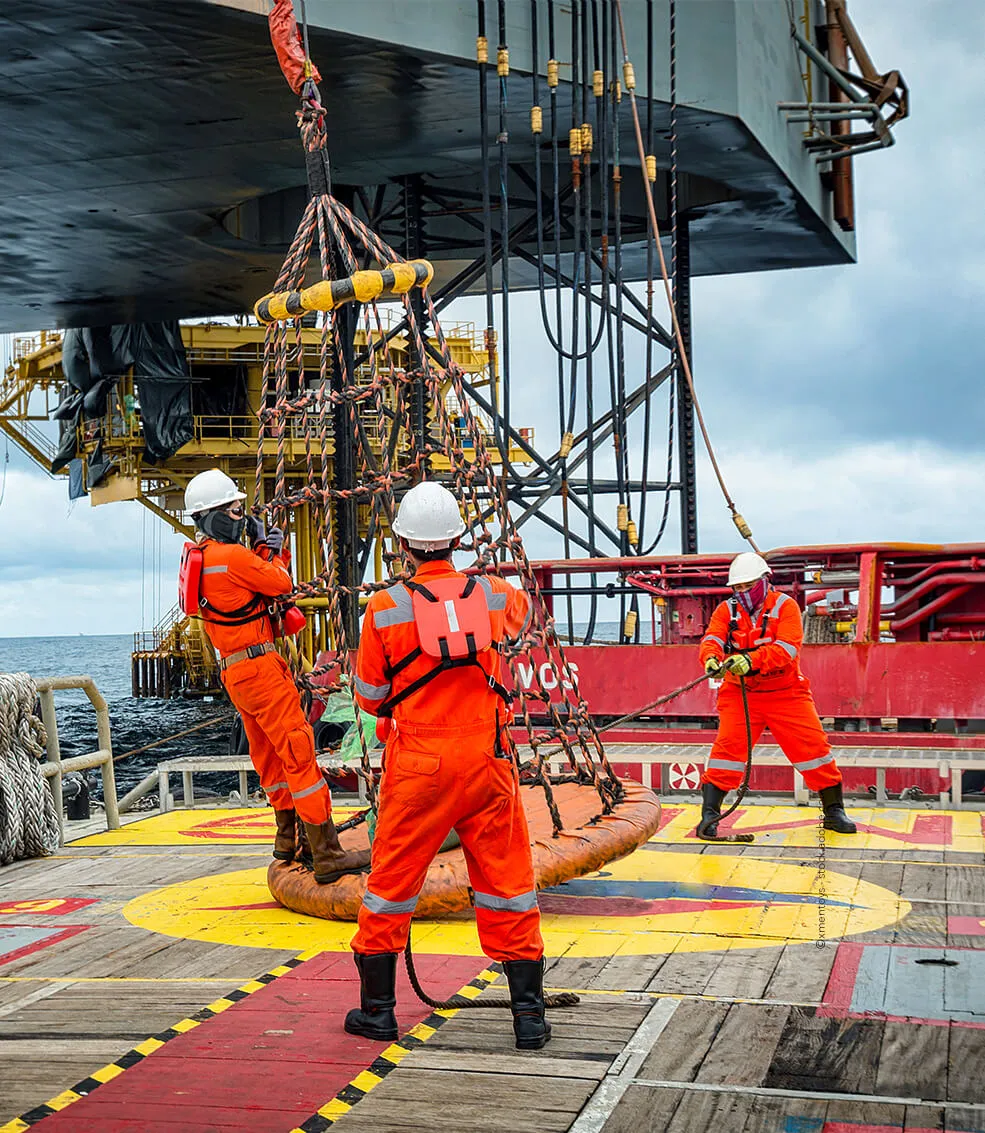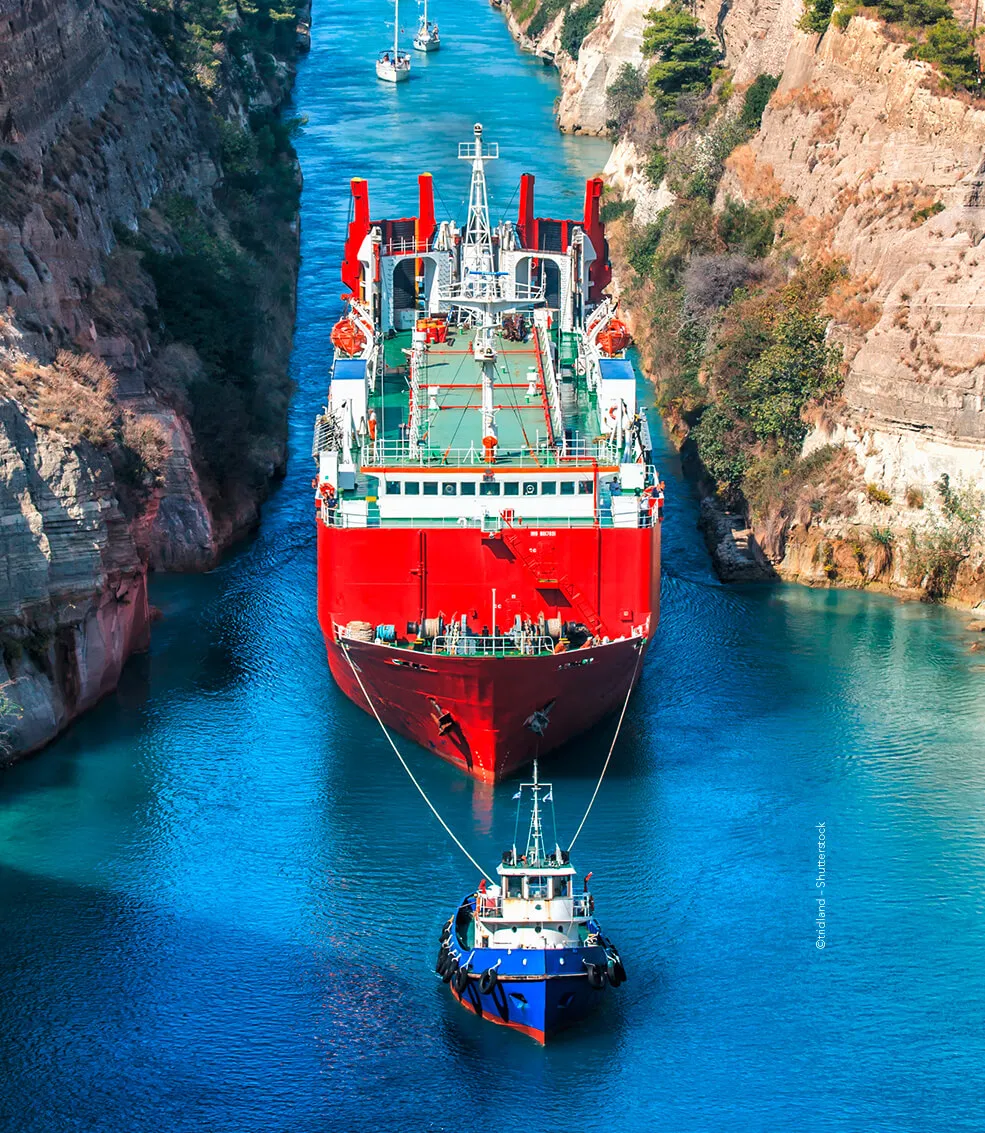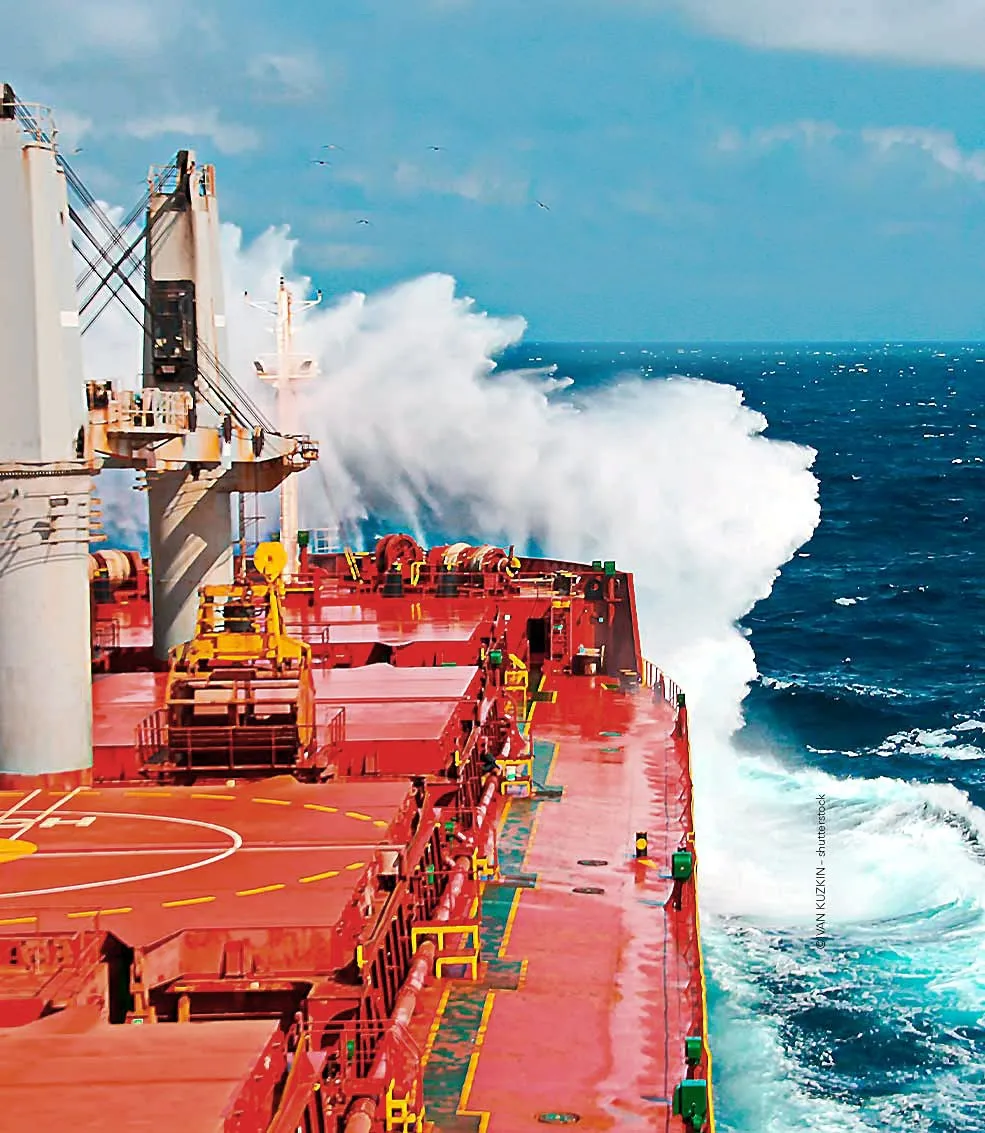Gard works from grass roots to serve a global industry
From its historical headquarters on Norway’s secluded southeast coast, marine insurer Gard has grown to serve the global shipping industry with their unique combination of hometown roots, embracing technology and a commitment to collaboration.
Gard is known as one of the largest marine insurers in the world – and the market leader with perhaps the most challenging travel route to their headquarters. But as any visitor knows, once in Arendal, Gard’s home since their founding in 1907, the charms more than outweigh the challenges.
A quaint but bustling maritime village located 250 kilometres south of Oslo, Arendal was the largest sailing ship port in Europe in the late 1800s, and the most important stopover for ships trading between London and St Petersburg.

Not the usual marine insurer
“We are the largest insurer of the world’s most global industry, so our location in Arendal may seem a bit unlikely,” acknowledges Gard CEO Rolf Thore Roppestad. “The shipping history explains a lot, but there are more reasons why Gard has grown from here.” Among other things, he points out that marine insurance was a good fit with the culture and traditions of a seafaring town. “They were patient investors, they knew the importance of working together and the society was highly transparent. These are the same qualities that successful marine insurance clubs are built on.”
It’s not just Gard’s rural location that is unusual, but also their portfolio, being one of the few insurers to have a large international insurance portfolio of both protection and indemnity (P&I) and hull coverage. “It was not common in the industry to operate in both segments, but when the opportunity arose to combine the two, our board of directors and management decided it was an important window of opportunity to be able to offer members and clients the widest possible product range, to capitalise on the increased competence and service capability and benefit from having a holistic view of the clients’ risks,” says Roppestad.

Leveraging technology to enhance safety
Gard is a major insurer of the biggest cruise companies, including RCCL and Carnival. With so much at stake, they are careful to keep up with technologies that can help ships operate safely and the quality of the management of the vessels.
“We try to be proactive on relevant trends in technical development that may have consequences for risk or benefits that can give operators an advantage in improving vessel efficiency and avoiding accidents,” says Chief Underwriting Officer Bjornar Andresen.
“Data used wisely provides the potential for vast improvement. Statistical data collection and analysis can improve prevention and protection. It allows us to give better advice in discussions with members and clients. For example, now we can combine ship movement information with claims data and identify features with a potential impact on marine claims that may be used in loss prevention or to adjust pricing.”

Sharing data with the industry
In the era of big data, the sharing of statistics and data has emerged as an important enabler for improving safety and efficiency. But how open are stakeholders willing to be with each other?
Andresen is positive about the selective sharing of information with class societies like DNV GL in order to make both parties better at managing risk. “For example, we could exchange data that may support common projects or explore propositions with DNV GL that would help the shipping industry to improve standards and reduce risks.”
DNV GL and Gard have already collaborated on several industry initiatives, including instructional videos for watertight doors (WTD) and cybersecurity. “Our experience with these kinds of projects has been very good, and we know that DNV GL has gotten a good response as well,” Andresen says.
“We have also seen that working with class to reduce risk can provide great savings. With huge volatility of claims in the marine industry, the savings from avoiding a few major claims can be significant both for Gard and its members,” says Andresen.

Managing new risk proactively
With new regulations and technologies moving the goal posts at a quicker pace than ever, Andresen knows that Gard needs robust strategies for managing new risks, such as those related to new fuels that will enter the market when the IMO 2020 sulphur cap takes effect. “We need to be proactive in relation to changing regulations, to be thinking about these risks and devise a plan for monitoring them and responding.”
In areas like new fuels, Gard works with industry networks to add momentum to the discussion. “Cefor and the International Group of P&I Clubs are often important partners in these discussions. It is not always appropriate for Gard to speak individually; rather we try to be a positive industry and a catalyst for change.”
Specifically for the cruise industry, what does Gard believe are the most critical risk factors going forward? “Cruise is an important segment and growing, but it can be very volatile. There are many people on one ship, and relatively few ships, so the risk exposure is high,” Andresen observes.
He maintains that an active dialogue between cruise operators and insurers is needed to determine proper division of responsibility. “Gard is working to establish the best risk environment in the industry, and we need to work closely together with cruise owners in order to achieve this goal. We believe that the cruise sector is a positive part of the mutual risk community at sea. Different segments of the maritime community pose different challenges. This means that insurance solutions for each segment need to incorporate each of their needs in a way that is fair to all.”
Environment and people gaining attention in risk management
Rolf Thore Roppestad notes that the importance of the environment and human life has increased in recent years, and risks along with it. “Focus on risk of damage to people and the environment will be more important in the future. When something happens, the focus is on people, environment and assets, in that order.”
As an example, he cites intensified focus on oil spills. Though spills may be fewer and smaller, Gard still pays out most of their claims for environmental damage. “There has been a 97 per cent reduction in the volume of spills over the last 40 years, but society’s tolerance is getting lower, so when a spill occurs, it gets a lot of attention and it demands a high level of response.”
Roppestad notes that marine insurance is spread over relatively few customers compared to many other insurance sectors. “This generates volatility when incidents occur. The consequences may be too great for any single insurance company to sustain. But mutuality, backed with reinsurance, evens out the risk picture, and that is the nature of the club structure. Many stakeholders are involved or affected when incidents occur, including shipowners, insurers’ correspondents, salvors, surveyors and lawyers.”
While he acknowledges the importance of Gard taking a proactive role in proposing and promoting improvements, Roppestad underscores that cooperation is the key. “Our customers are also our biggest stakeholders and, if we work well together, Gard can reward them with more affordable and effective insurance.”
Contact us

